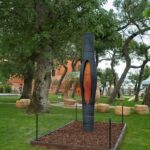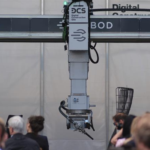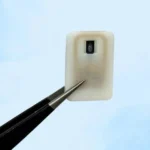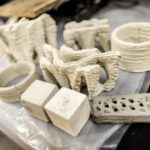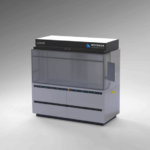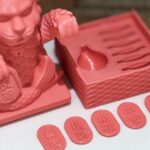The traditional way for surgical residents to learn and improve at procedures is to use cadavers (human corpses) that were donated to science and perform practical surgery training on them. However, the overreliance on cadavers is a burden on surgical training due to short supply.
At Mayo Clinic in Florida, one resident thought outside the box and came up with a solution for educating the next generation of surgeons without such a reliance on cadavers. That solution is 3D printing.
3D Printing in Medicine: Surgical Training
The idea to use 3D printed models in surgical training was the brainchild of William Clifton, a neurosurgery resident. Using an Ultimaker S5, Clifton began building and 3D printing surgical training models during his minimal free time at home.
Other professionals at Mayo Clinic’s Department of Neurologic Surgery soon got on board with Clifton’s idea. There is now a dedicated materials science lab at the department housing two Ultimakers and one Raise3D.
According to Clifton, the 3D printed models have the same biomechanical properties as human spines and skulls. Resident surgeons can manipulate these models and see where structures are and how they relate to each other.
From CT Scans to Anatomically Accurate 3D Models
Patient-specific models are created using CT scan information and converting it to a printable file. Based on spatial information, Mayo Clinic can program the printer to create patient-specific models, such as anatomically precise vertebrae.
Resident surgeons can practice various procedures, such as electrocautery, on these anatomically accurate models. The beauty of 3D printing is that it lets you print models many times, giving residents much more opportunity to practice surgical procedures than using a cadaver, which only gives you one shot at getting it right.
It’s self-evident that people who have practiced a procedure multiple times on a realistic 3D model will be better prepared to perform the same procedure in the operating room. Furthermore, 3D printing enables surgeons to practice on a growing range of different pathologies using patient-based models.
Featured image courtesy of the Mayo Clinic. For further reading you can find an interview with William Clifton and Aaron Damon from the Mayo Clinic in Florida here.





